Originality is one of those intangibles that distinguish artists from the garden variety. But how does one become original? Is it simply a matter of hard work? Is the term purely subjective? Maybe we are all “original” in our own way. Or are some of us just born with a creative leg up on the competition?
Donald Maass, in his excellent book. Writing the Breakout Novel, says this:
There certainly are no new plots. Not a one. There are also no settings that have not been used, and no professions that have not been given to protagonists. Although human nature may never change, our ways of looking at it will. To break out with familiar subject matter — and, really, it has all been written about before — it is essential to find a fresh angle. (emphasis mine)
The hard reality behind the art industry is that there is nothing new. There are no new plots, new characters, new colors, new themes, new chords, or new settings. Everything is a rehash of existing stuff. So how can we ever be original? Aren’t we doomed to recycle yesterday’s hits?
Not necessarily. According to Maas, originality lies not in creating new subject matter, but finding “a fresh angle” on what’s already been done. Or to put it another way
Originality is the result of tinkering with the run-of-the-mill.
For those of us who tend to bang our heads against the wall in search of something “ground-breaking” and untrodden, this is rather relieving.
Because finding a fresh angle is A LOT different than inventing angles.
Betty Edwards takes this a step further. In her famous book, Drawing on the Right Side of the Brain, she includes a wonderful series of exercises for people who think they can’t draw. One of her assertions is that creativity is not something you’re born with, as most assume; rather, it is a learned skill. Or, to be more precise, it’s an unlearning skill. For example, one exercise she uses for the artistically challenged, is the upside-down drawing exercise. It goes like this:
Find a line drawing that you like. It can be the work of a master, a cartoon, anything.
Turn it upside down.
Now, without turning the page right-side up, draw what you see, trying to ignore the subject and focusing strictly on the lines, shades, spaces and proportions of the original.
In other words, if you need a creative kick-start, turn things upside down.
Ms. Edward’s rationale is based upon brain research. The left brain thinks in concrete, linear terms, while the right is conceptual and non-linear. Left-brainers are logical; right-brainers are intuitive. Accordingly, creativity flows from right-brain activity.
But how does this translate into writing? Can the novelist really learn to be creative? Is originality closer than you think?
According to Ms. Edwards, by doing the upside-down exercise, “you’re disabling your left-brain, which can’t see or handle such abstractions, and allowing your right-brain to do all the work.” In theory, drawing upside-down pictures, disarms our normal mode of thinking and challenges us to see things differently — in abstraction — which is a right brain function.
So your brain is both the problem and the solution.
I don’t know about you, but this encourages me. Not only does it assume that everything I need for a great story is already available, but that I needn’t wait for inspirational lightning to get a move on. You see, it’s not a matter of doing something that has never been done, but looking at what is already there in a new way.
If God has called you to write or draw or carve or act, then everything you need to be more creative — more original — is already at your disposal.
All you need to do is… turn it upside down.

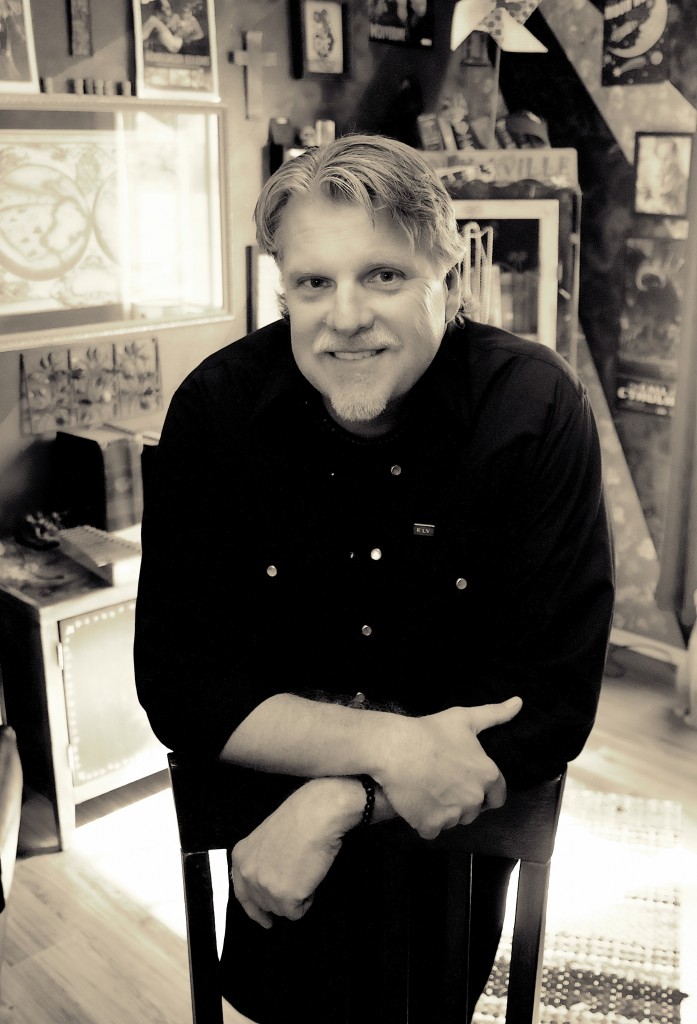
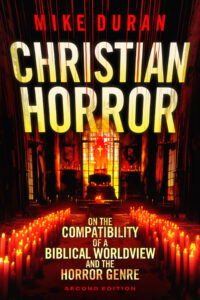
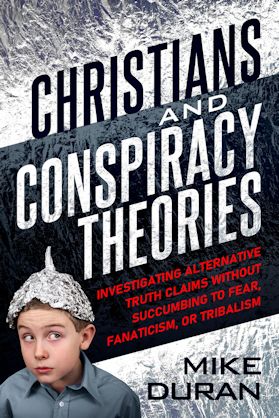
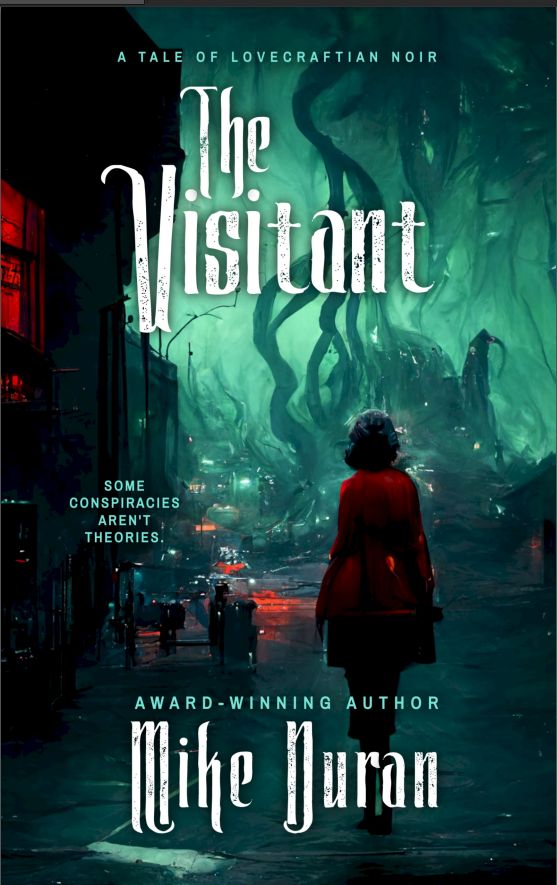

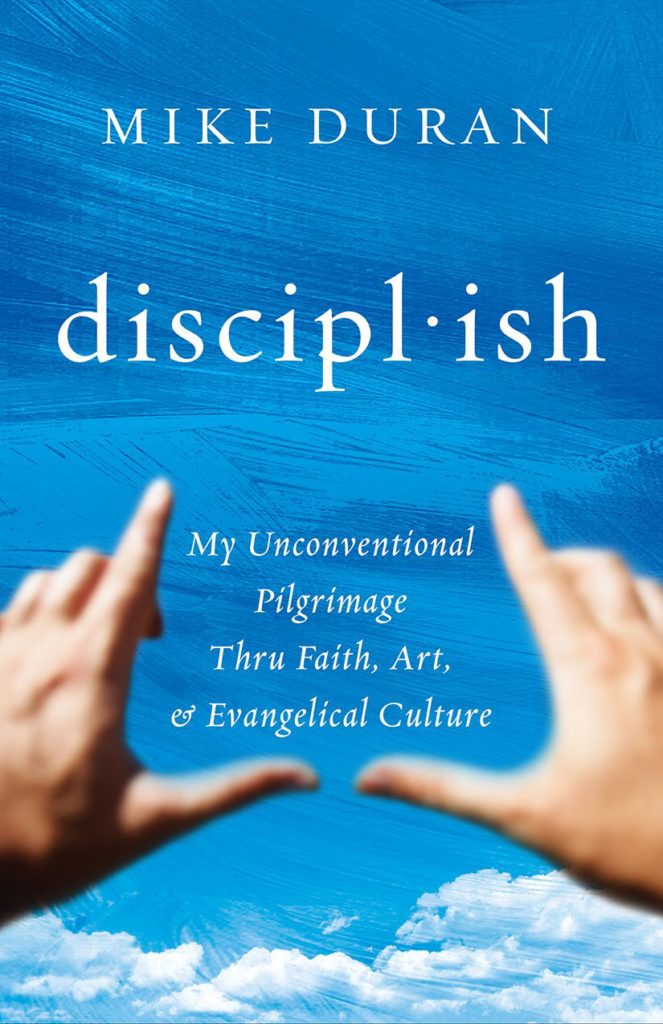
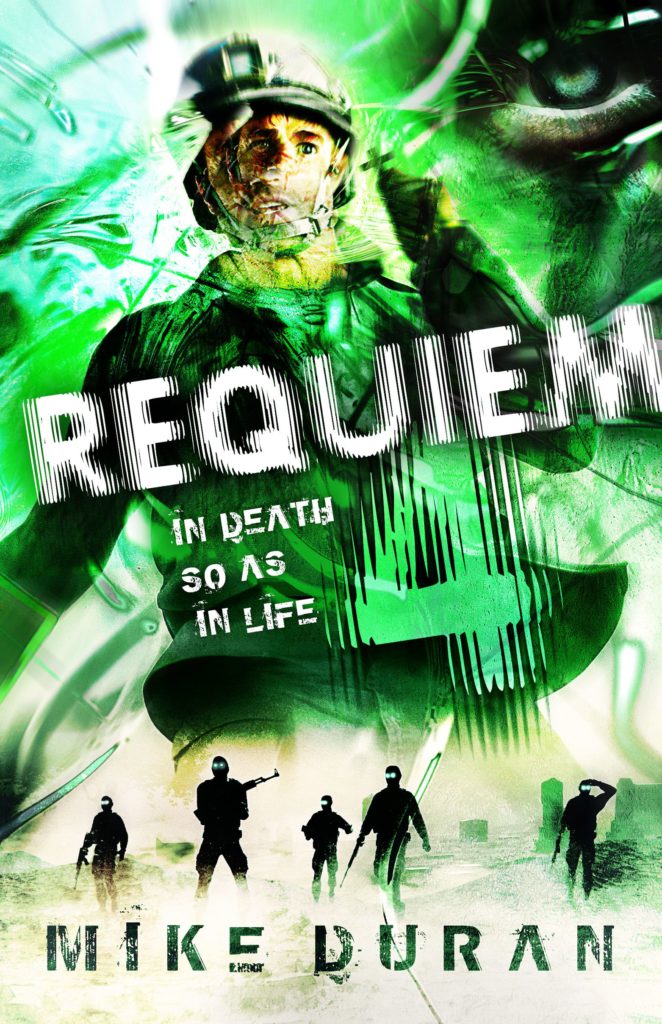
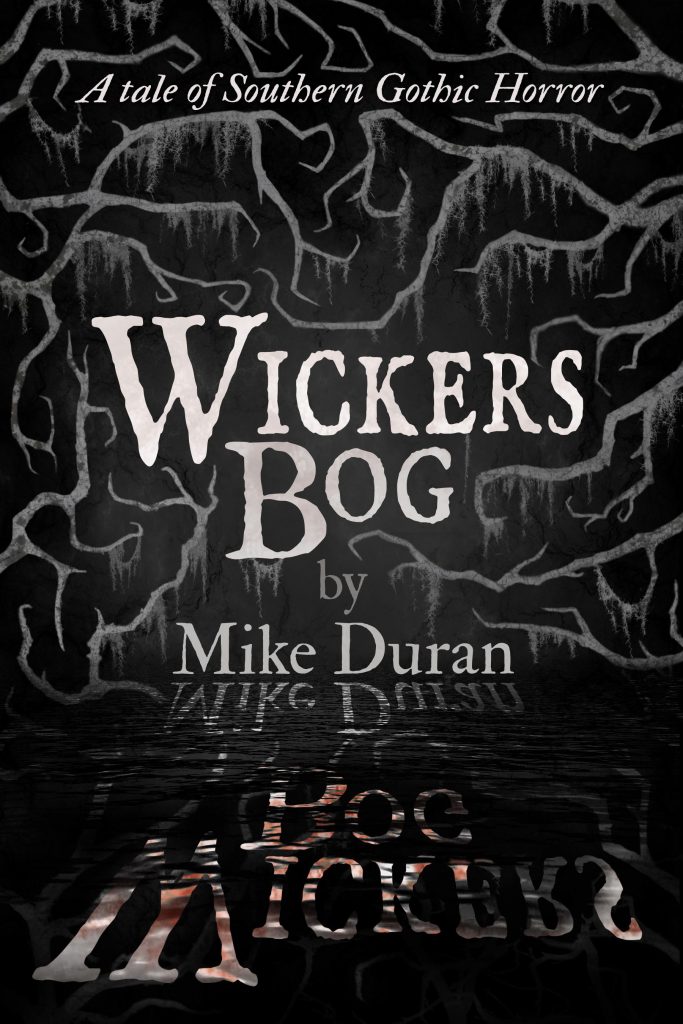
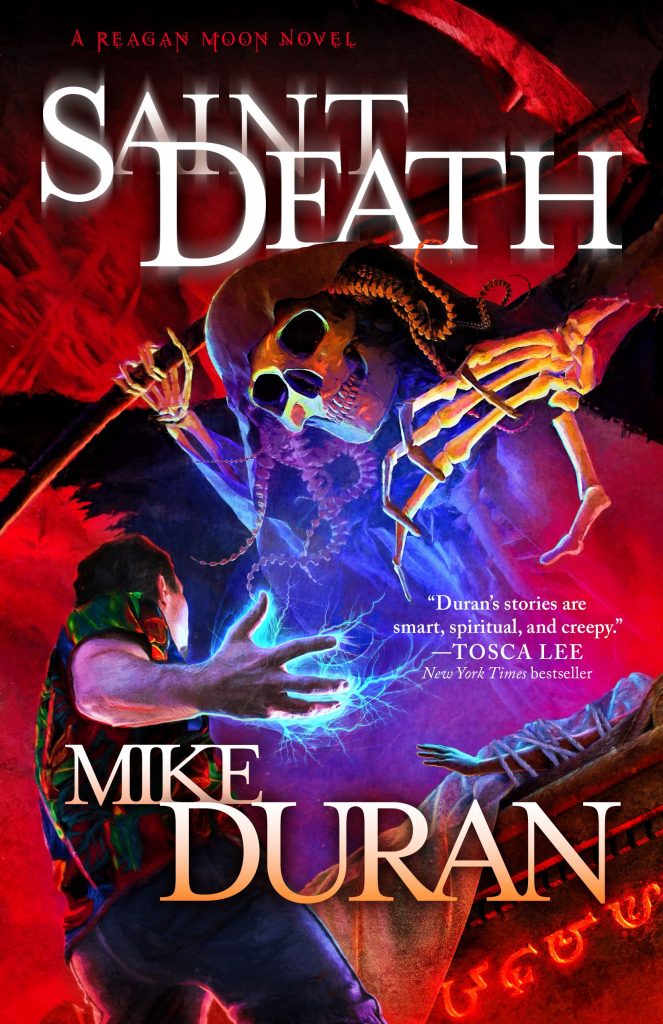
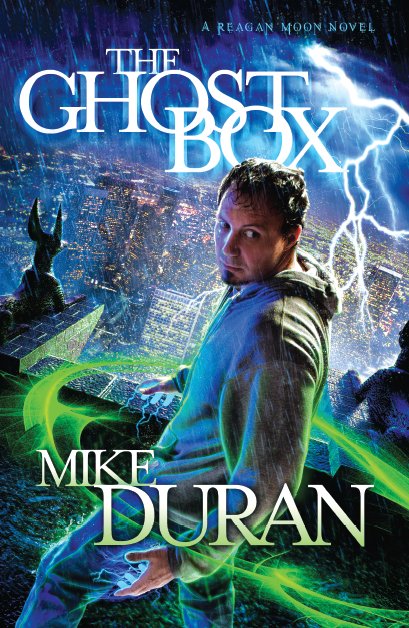
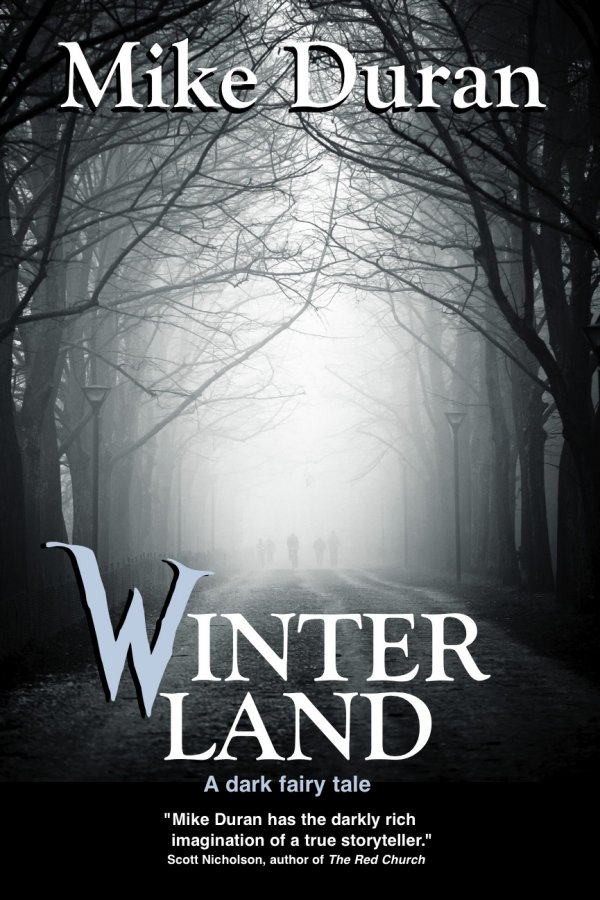
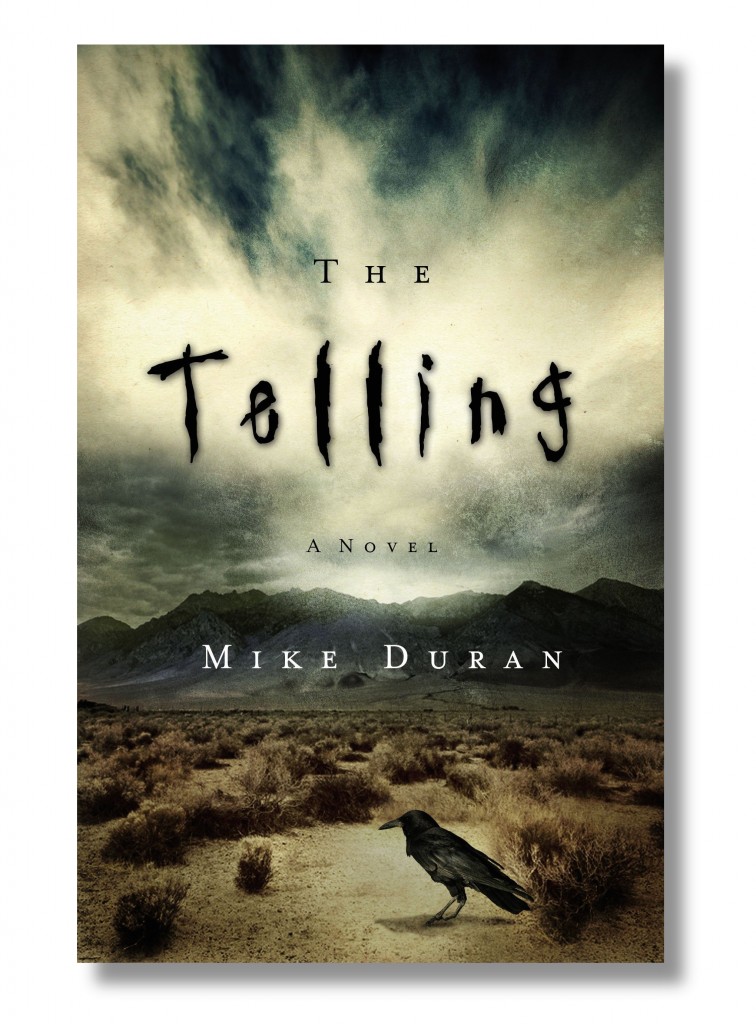
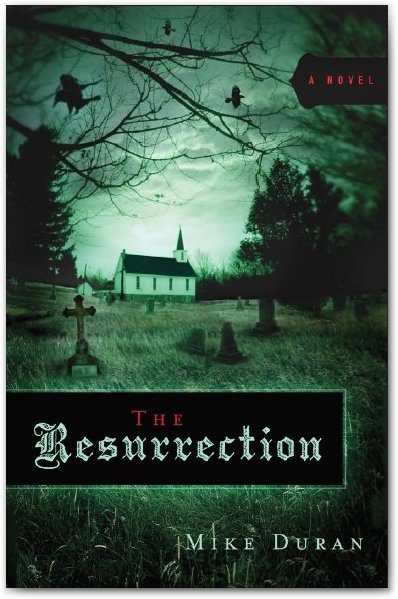
One lesson I learned in writing my novels is to take a passage I have written, say, from the protagonist’s point of view and switch it to the point of view of someone else in the story. The danger here is investing the reader’s time in the mind of this other character, so I have to certain that character can hold a story thread throughout the novel. I’ve done this many times and, like turning the picture upside down, it has energized my story. I can walk away from the scene I’ve already written with this character into new areas I had never planned on and new story lines that I had not anticipated. Sometimes, I wander into a dead end alley. But, many times, I find a diamond in the rough I had no idea was hidden in the story.
Great post. Can’t wait to hear from others!
This is going to seem really weird, but there are activities you can do to engage either side of your brain, or both. Writing is one of those artistic activities that occurs primarily on the left side of the brain, due to the way we process language. However, if we want to be creative with it, we must access the right. Some people find that listening to music will access the right side of the brain. What I’ve found to be fairly useful–go with me on this–is inhaling through the left nostril. If the left nostril is blocked, you are most likely accessing the left side of your brain, rather than the right. Force air through the nostril until you can breathe clearly. You might also find that both nostrils are clear, but you’re breathing more strongly through one side. Brain-balancing exercises are also helpful–walking on a balance beam, for example. But for me, switching to right-brained thinking is most worthwhile because I’m extremely left-brained.
Jill, Edwards give similar advice in her book. For instance, drinking lots of water and fresh air can do wonders to stimulate right-brained thinking. I listen to music often while writing and have found that certain types, especially discordant jazz like some of Miles Davis’ experimental stuff and Mahavishnu Orchestra, can really deactivate my overly-linear thinking.
drinking lots of water and fresh air .. who knew?
Never underestimate the ability of accordion music to stimulate creativity.
I suppose this goes along with breathing from one nostril …
You’re right. It is different thinking to view of creativity as something that you can facilitate, rather than something that hits you out of the blue. If we sit around waiting for inspiration to strike, most of us would never get anything done. Maybe some of our most orginal pieces are done in the process of routine, not sitting around trying to be creative. Thanks for this reminder.
If I’m feeling blocked, I turn my paper upside down or sideways, write over the lines or across them. Switch pens, change ink colors.
Some people are naturally born with more access to their right brain, I think. Those people are also able to think outside the box for new ways to jumpstart their creativity. 🙂 I do think a lot of it is conditioning, though. In fourth grade I was chosen to join an “accelerated” class that focused on problem solving and creativity. Looking back, I wonder why kids had to be singled out for that, why there weren’t similar lessons offered in all classes. I guess the thinking was, their brains weren’t advanced enough to handle it yet, and maybe that was true. I dunno.
I’m a fan of Betty Edwards. I teach Fine Art at the secondary school level and use her techniques all the time. The results are actually quite astounding and in many cases it really does ‘free’ certain people up to go on to become quite creative. There are others that are just naturally so, however, and there in lies the real issue. We can teach it, practice it, etc. etc. and work REALLY REALLY hard (that’s a good thing) and then someone else will come along who just ‘has it’.
I can’t help thinking about music here. There are lots of well trained musicians in this world – really excellent musicians – and then there are those that just have that something extra. That ‘intangible’.
Conclusion? Yes! Keep on practicing, but don’t be surprised (or ticked off) when some no-name punk comes shooting out of the gate and does intuitively what you’ve been working really hard to perfect. (We writers tend to be a jealous lot, whether we admit it or not…)
I liked Brian’s suggestion about changing POV. I’ve tried that and it really does change the scene and freshen things up sometimes.
Jill – really? Breathe out of your left nostril?! How do you even do that!!!
This is why I’ve become very dogmatic – well, only to myself, because who’s listening, really? – about how a writer must, must, MUST read as much as they possibly can. And, as much as they can stand, be as varied as they can in their reading. I’ve heard the statement – and it’s not a perfect, one to one analogy – that “reading is inhaling, writing is exhaling”.
And for genre writers – especially horror/dark fantasy/suspense – I think this is why it’s SO important for young writers especially to go and read extensively into the “history” of the genre. I sorta made a self-pact about a year and a half ago, that I was going to focus on a lot of the classic writers, (which involved me looking up classic writers PAST Dean, Peter, and Steve), so I can see who and what had gone before me.
And it’s astounding. How many story ideas I reject, now, because I read stuff by Charlie Grant and T. M. Wright and suddenly realize: “Wow. This has already been done. Well…how could it be done differently?
So I think reading is almost as important as writer, for the writer. Granted, it’s easy for me to say that. I don’t really have any deadlines, yet. But until that time comes, I intended on stuffing as much fodder into my brain as I possibly can.
It has been said there are really only two main plots for any story: a man wants to or leaves town and a stranger comes to town.
High Noon – A man wants to leave town.
Independence Day – A stranger comes to town.
Another wise man said there is nothing new under the sun. Imagination involves taking the common materials God has given us all and using them to fashion something that is at least new to the person reading our story at that moment.
I think the Beatles said it best in All You Need is Love.